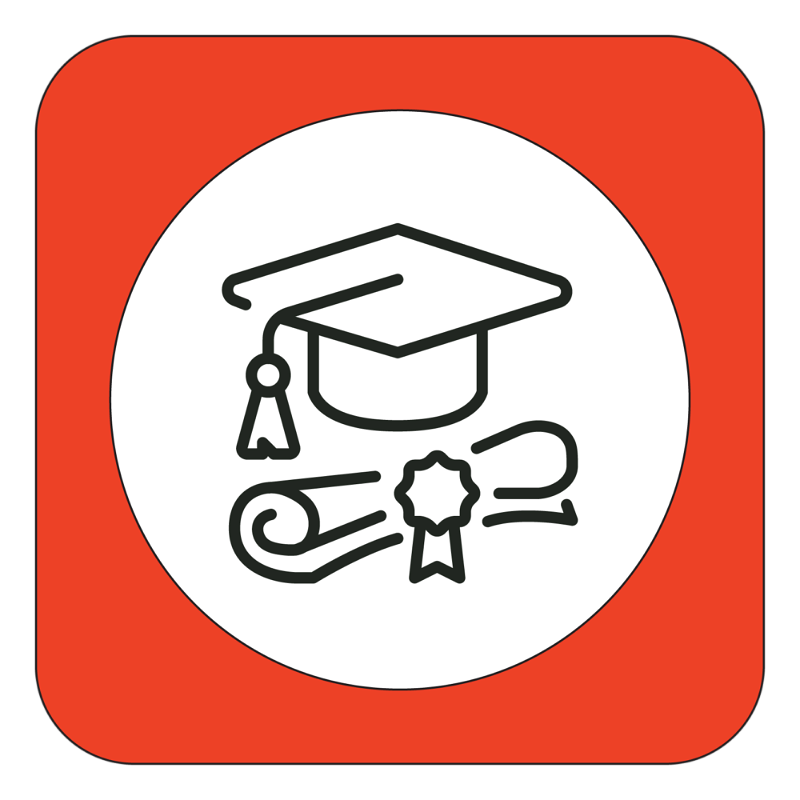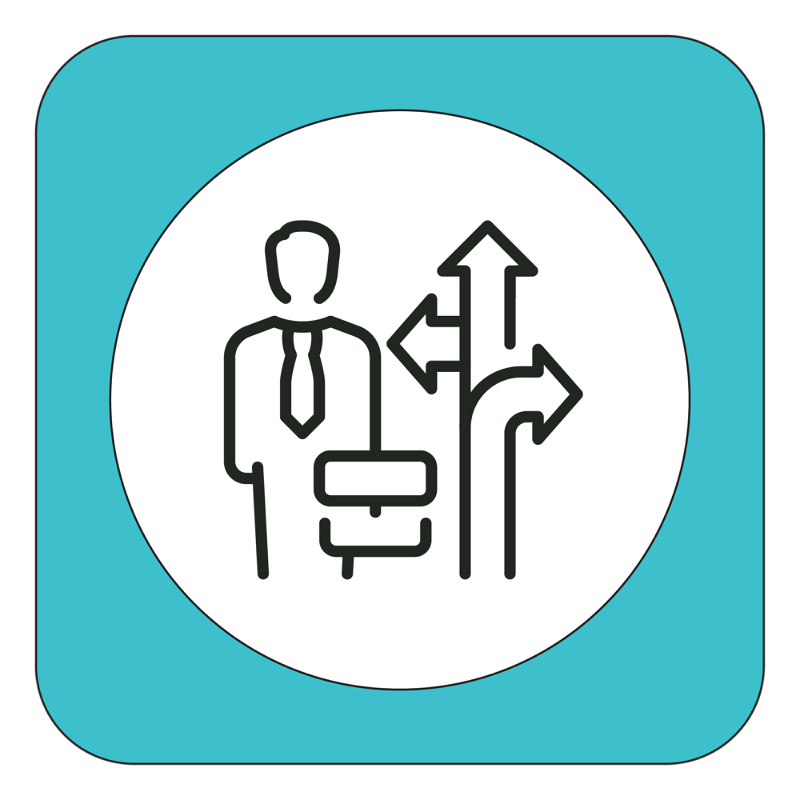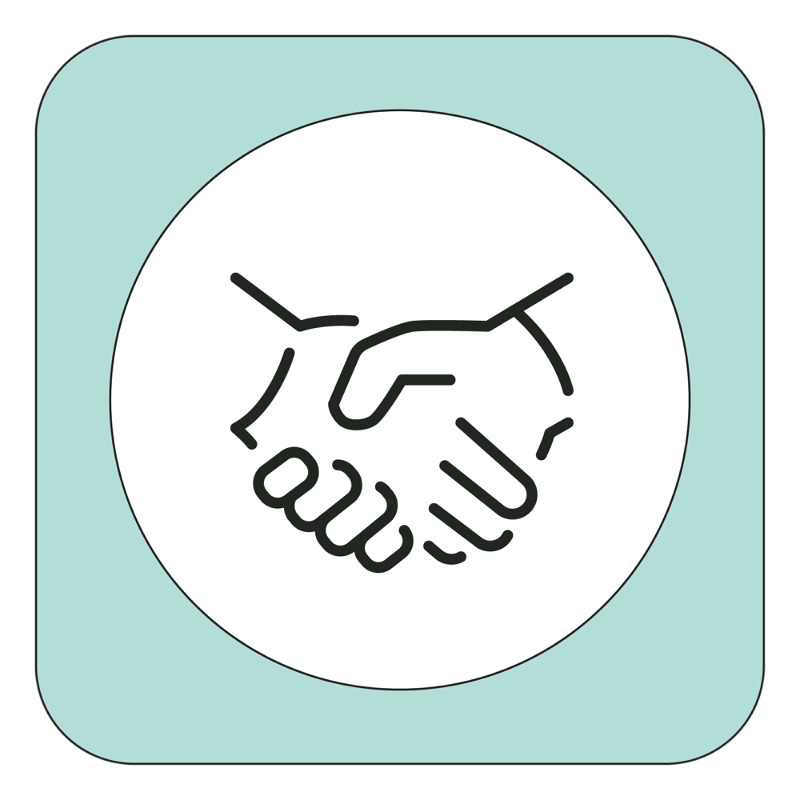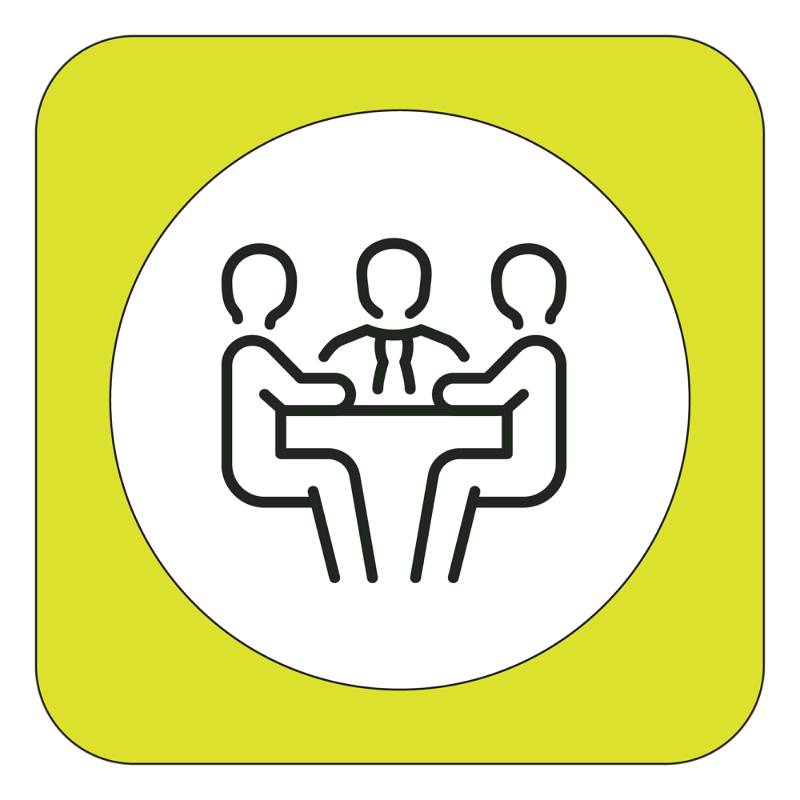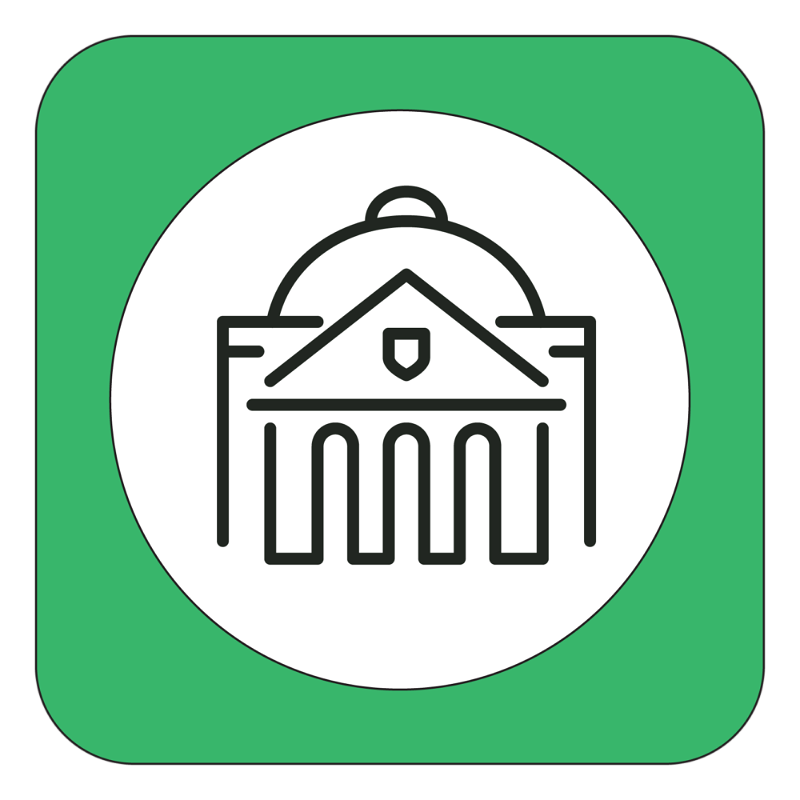What’s the Problem We’re Addressing?
Top labor market researchers predict that by 2027, 70 percent of jobs will require postsecondary education and training, while analysis of online job postings shows that many of the fastest-growing jobs will require a bachelor’s degree by 2026. Yet, despite massive public and private efforts to increase college completion, access remains uneven, too few young people attain credentials of value, and many who enroll in postsecondary education do not finish and take on hard-to-pay-off debt, further perpetuating economic inequity.
The need for postsecondary education is a truism: to get along in life, almost every young person needs a postsecondary credential and work experience to start a career. But our systems do not account for the reality that it is developmentally appropriate for 16- and 17-year-olds to test themselves in the adult world, explore their career interests, gain paid work experience, and start postsecondary learning with a purpose and hope for the future. Young people know this and are speaking out about the need for change.
For 10 years, the pathways movement has worked to address this complex problem. Still, the problem persists. We need to make more progress, more quickly, on old problems—and create solutions to the challenges that have come into sharper focus over the past 10 years.
The biggest structural barrier to increasing postsecondary completion rates and career success is the enduring and seemingly intractable disconnect between our high school, higher education, and workforce systems. College and career pathways approaches are a major step forward and have been effective at improving outcomes for youth. But as we build pathways programs, we are up against exactly the problem that pathways are trying to solve: integrating systems that could not be designed more perfectly not to work together. We explore this line of thinking in The Big Blur, making the argument that it’s time to stop tinkering and make a real pass at creating transformative policies and reimagining our education-to-career systems.
Tackling systemic inequity in education and workforce systems requires us to create systems-level solutions and center equity in all that we do. In the early days of the pathways movement, we worried that our proposed strategies would be seen as a return to the days of vocational education and tracking that created and perpetuated inequities. Our intent was to build pathways that would serve all students, whatever their education and career aspirations. But this focus on all students sometimes led to inadequate attention to the persistent inequities in our education system and labor market.
As we look to the next 10 years, we are committed to clearly identifying, calling out, and addressing those inequities. Our strategies have evolved over the past decade to tackle issues like the development of professional social capital and the ways in which our understanding of skills is socially constructed. We must continue to learn, reconsider our approaches, and develop new strategies that build truly equitable education-to-career systems.
We are excited by the growth of the pathways movement. In multiple networks, informal groupings, and individual partnerships in all corners of the United States, actors are at work creating pathways for youth that lead to more widespread economic prosperity. But the field can be fragmented. Many state and regional leaders remain isolated and are working to build pathways with little support and few ways to tap into lessons learned by others—or share their own. Other pathways leaders find their time and resources stretched by invitations, including from JFF, to participate in multiple, concurrent initiatives. By building a PtoP Coalition, we hope to provide a streamlined avenue for connection and engagement, one that does not create unnecessary barriers to entry.


